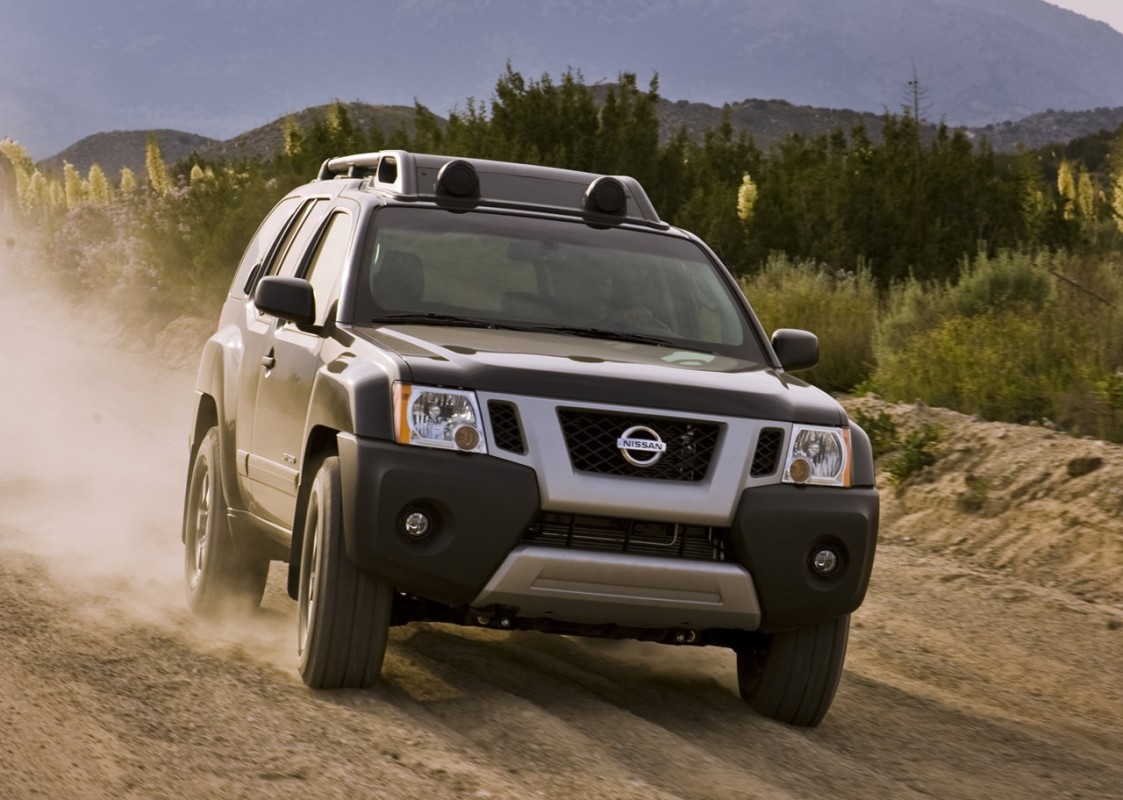A Familiar Name Returns at the Right Time
The Xterra was once Nissan’s straight-cut rival to the Toyota 4Runner – compact enough to maneuver, rugged enough for trails, and stripped of anything unnecessary. It survived for two generations until its eventual discontinuation in 2015. However, it’s become increasingly clear Nissan intends to bring the Xterra back, albeit with hard details scarce.
That changed this week at the Los Angeles Auto Show, where The Drive spoke with Nissan senior vice president Michael Soutter. The conversation didn’t lift the curtain entirely, but it delivered the sharpest view yet of what the new Xterra represents: a return to basics, a focus on capability, and a determination not to price itself out of reach. It seems that the company is set on delivering something more straightforward: a rugged midsize SUV that’s “fun, simple, and capable” just like the original.
Nissan
What Nissan Is Aiming For
Soutter was upfront about one thing: the new Xterra “has got to start sub $40,000.” That figure isn’t arbitrary. It positions the SUV to slip just under its main rivals – enough to attract buyers who want something trail-ready but don’t want to cross the threshold into Wrangler territory. For reference, the 2026 Toyota 4Runner has a starting sticker at $41,570, the 2026 Ford Bronco starts at $40,495, and the 2026 Jeep Wrangler’s base price is $49,895. Nissan wants to land beneath all three, well, for obvious reasons.
Soutter also said the Xterra “has got to come in yellow,” a clear nod to the original model’s most iconic color. Beyond that, he emphasized the SUV will pack “everything the customer needs—and nothing they don’t.” That means trimming back high-cost tech features and leaning instead on mechanical capability. A two-speed transfer case with a proper low range is confirmed, and Nissan plans to make the SUV modification-ready straight from the showroom floor. Soutter acknowledged that past Nissan off-road models weren’t always packaged with the wiring, mounting points, or accessory-ready provisions buyers wanted, and he said this time those needs are being addressed early in development.
As for a manual transmission, Soutter doesn’t see a strong case for it. He likes manuals personally, but demand is low, and Nissan doesn’t see it as essential to the Xterra’s mission.
Nissan
What to Expect Next
The bigger picture involves more than one vehicle. Soutter described the Xterra as part of a future “family” of US-built body-on-frame models, including the Frontier, a potential body-on-frame Pathfinder, and even the possibility of shifting the Armada to American production.
Interestingly, removable doors – a feature found on the Wrangler and Bronco – aren’t off the table, but Soutter acknowledged that they would add cost due to their complexity and water-intrusion challenges.
Nissan
